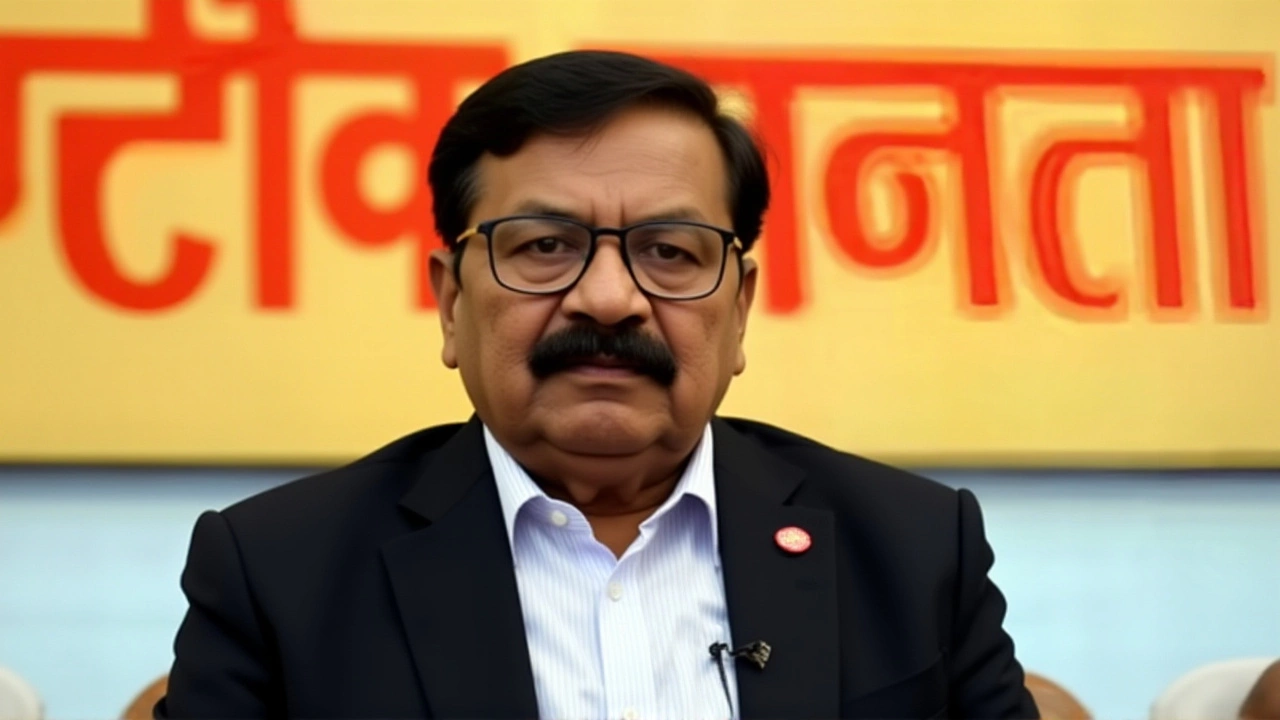Bharatiya Janata Party – What You Need to Know
Ever wonder what the Bharatiya Janata Party (BJP) actually stands for? In simple terms, it’s a right‑leaning political group that has shaped India’s governance for more than three decades. Whether you’re a casual viewer of news or a student of politics, knowing the basics helps you grasp why headlines keep mentioning BJP.
Where BJP Came From
The party began in 1980, growing out of the older Jana Sangh. Its early leaders, like Atal Bihari Vajpayee and L.K. Advani, pushed a mix of Hindu cultural ideas and market‑friendly economics. Over the years, BJP built a strong network of local volunteers, which turned into a national machine capable of winning massive elections.
Why BJP Matters Today
Since 2014, Narendra Modi’s leadership has put BJP at the centre of Indian politics. Policies such as GST, digital India initiatives, and a focus on infrastructure have sparked debate across the country. Supporters praise the swift decision‑making, while critics point to concerns over social harmony and federal balance. The party’s stance on foreign affairs, especially with neighbours like Pakistan and China, also shapes regional stability.
Understanding BJP’s agenda helps you decode daily news. For instance, when you see reports about agricultural reforms or new defence contracts, the party’s position usually drives the narrative. BJP’s emphasis on development ("Vikas") often translates into large‑scale projects, from highways to renewable energy parks.
Another key area is the party’s communication style. BJP uses social media, rallies, and televised speeches to reach millions. The slogan "Sabka Saath, Sabka Vikas" (together with everyone, development for all) appears on banners, speeches, and even product packaging. This branding creates a cohesive image that resonates with many voters.
If you’re tracking election results, keep an eye on BJP’s alliances. The party frequently teams up with regional groups, like the Shiv Sena in Maharashtra or the Janata Dal (United) in Bihar. These partnerships can swing state‑level outcomes and affect the composition of the national parliament.
On the economic front, BJP’s market‑oriented policies have attracted foreign investment, but they also spark debates about income inequality. Programs like "Pradhan Mantri Jan Dhan Yojana" aim to bring banking services to the unbanked, while reforms in labour law aim to boost hiring. Evaluating these moves requires looking at both growth numbers and grassroots impact.
Finally, BJP’s influence extends beyond politics into culture. The party supports initiatives that promote Indian heritage, such as the revamp of historical sites and increased funding for traditional arts. Critics argue that this cultural push sometimes marginalises minority voices. The balance between heritage promotion and inclusive governance remains a hot topic.
In a nutshell, the Bharatiya Janata Party is a powerful force shaping India’s future. From its origins in the 1980s to its current leadership under Narendra Modi, BJP’s policies, alliances, and communication strategies affect everything from the economy to everyday social life. Staying informed about BJP helps you make sense of the news, understand policy changes, and anticipate what might happen next in Indian politics.

- Oct, 1 2025
- Comments 0